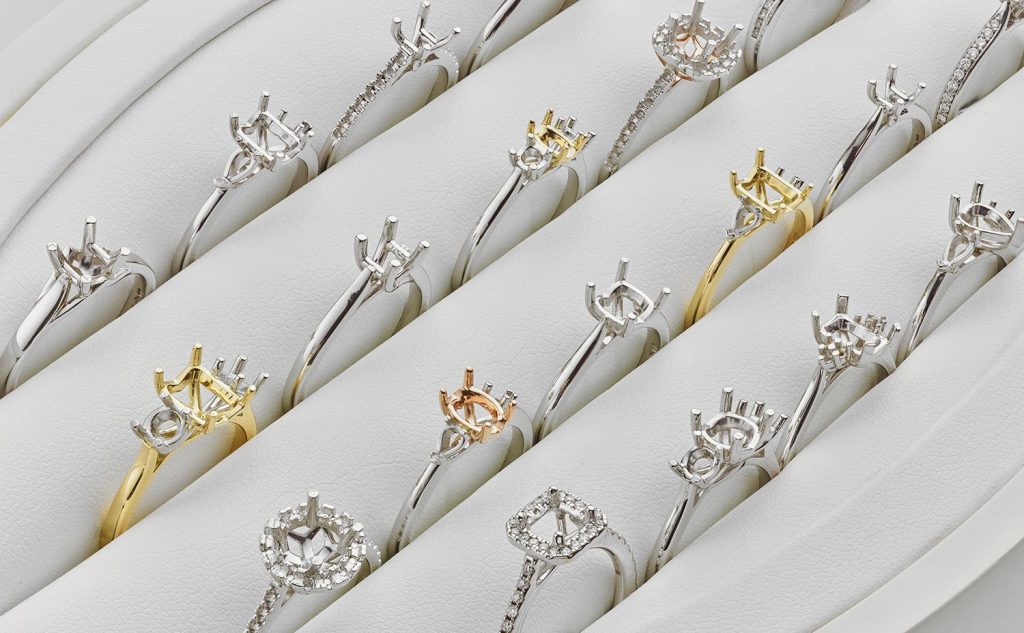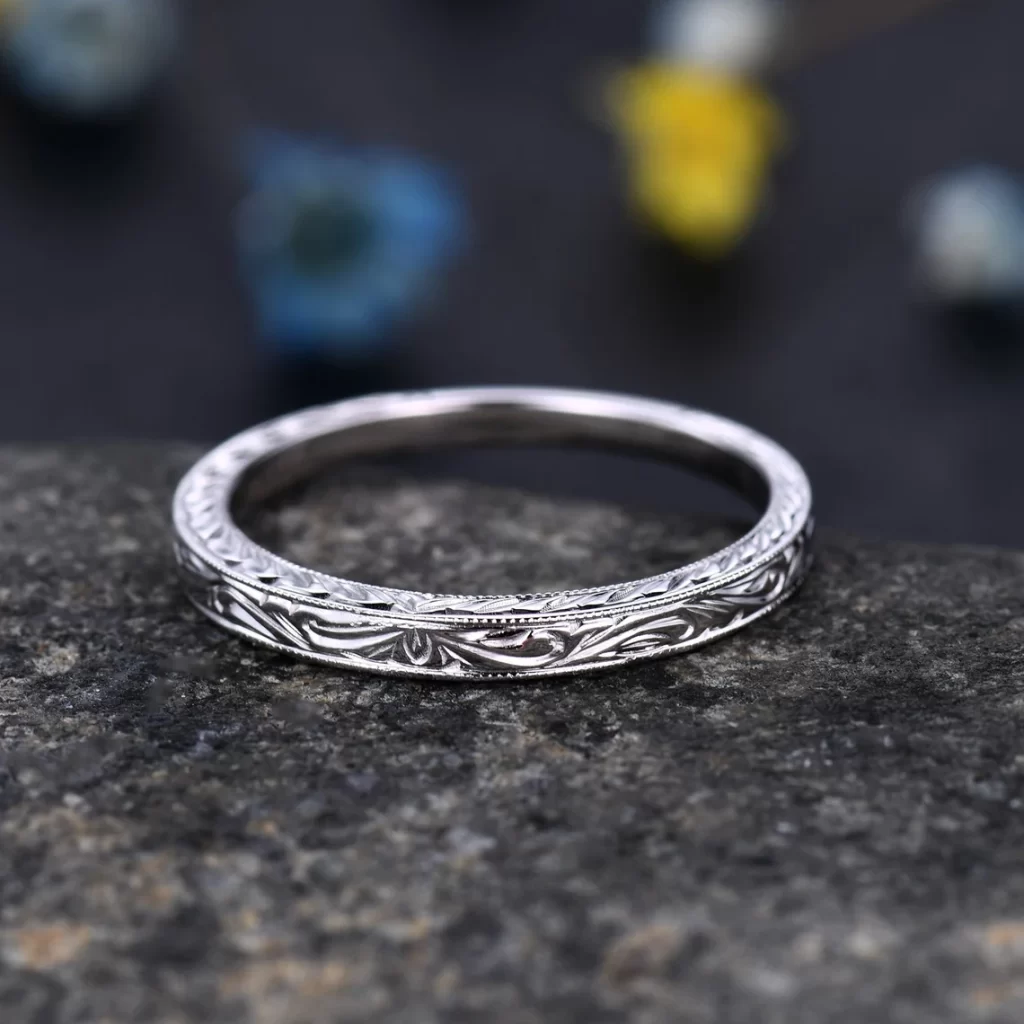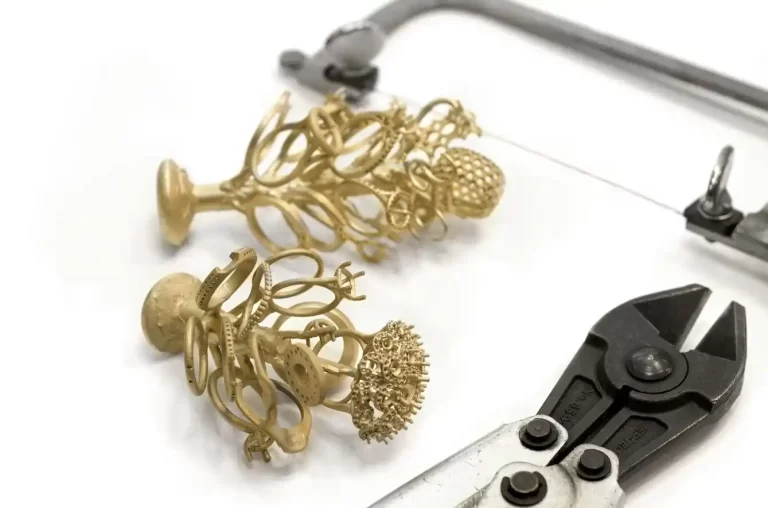What are all those parts of an Ring Setting called
Embarking on your journey to find the perfect engagement ring can be overwhelming with the introduction of unfamiliar terminology and a potential overload of general information. While an engagement ring might initially seem straightforward, it is, in fact, a composite of various components. Jewelers commonly employ technical terms for each distinct area, each serving a specific purpose. In the following discussion, we will delve into this specialized language to demystify the intricate world of engagement rings.

Unlocking the Beauty: Exploring the Anatomy of a Ring Setting
Rings have been cherished symbols of love, commitment, and style for centuries. While the dazzling gemstones take center stage, it’s the ring setting that plays a crucial role in showcasing their brilliance and enhancing the overall aesthetic. Let’s delve into the fascinating world of ring settings and explore their intricate anatomy.
The Foundation: Ring Shank
At the base of every ring lies the shank, the circular band that wraps around the finger. The shank provides the foundation and stability for the entire ring. It comes in various shapes and profiles, from classic round bands to more elaborate designs with twists, splits, or even engraved patterns. The choice of shank can greatly influence the overall style of the ring.

Holding the Gem: Prongs and Settings
The prongs or settings are the unsung heroes of ring design, securing the gemstone firmly in place while allowing it to shine. Most commonly, rings feature prong settings with small metal claws that grasp the gemstone at strategic points. The number of prongs can vary, with four and six-prong settings being popular choices for solitaire rings. Bezel settings, where the gem is encircled by a metal rim, offer a sleek and modern alternative.
Enhancing Brilliance: Head or Gallery
The head, also known as the gallery, is the upper part of the setting that holds the gemstone above the shank. It can come in different shapes and sizes, contributing to the overall appearance of the ring. Some settings feature an open gallery, allowing more light to enter and illuminate the gem, enhancing its brilliance. Others may have a closed gallery for added protection.

Adding Flair: Accent Stones and Side Stones
To add extra sparkle and visual interest, designers often incorporate accent stones or side stones into the ring setting. These smaller gems are strategically placed on the shank or around the central stone, creating a dazzling frame. Popular choices for accent stones include diamonds, sapphires, or other colorful gemstones that complement the main centerpiece.
Personal Touch: Engravings and Filigree
For those seeking a personalized touch, engravings and filigree work provide a canvas for creativity. Engravings can feature meaningful dates, names, or symbols, turning a ring into a unique and sentimental piece. Filigree, delicate metalwork resembling lace, adds a vintage or romantic flair to the overall design, creating a timeless and elegant look.

Material Matters: Metal Type
The choice of metal for the ring setting significantly impacts its appearance and durability. Common options include platinum, gold (yellow, white, or rose), and sterling silver. Each metal has its unique characteristics, and the decision often depends on personal style, budget, and lifestyle considerations.
In conclusion, the anatomy of a ring setting is a symphony of elements working together to create a harmonious and visually appealing piece of jewelry. From the shank and prongs to the head and accent stones, each component plays a crucial role in showcasing the beauty of the gemstone and expressing the wearer’s style and personality.
Whether you prefer a classic solitaire or an elaborate vintage design, understanding the anatomy of a ring setting empowers you to make an informed choice that resonates with your individual taste and celebrates the enduring significance of the ring.









